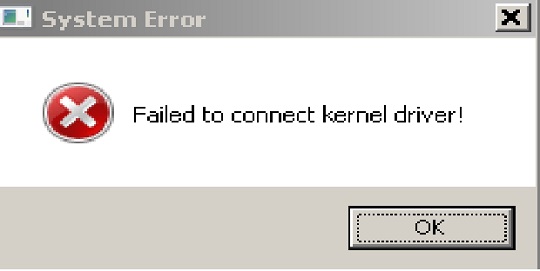Trojan.Win64.HELPERDRIVER.A
Windows


Threat Type: Trojan
Destructiveness: No
Encrypted: Yes
In the wild: Yes
OVERVIEW
This Trojan arrives on a system as a file dropped by other malware or as a file downloaded unknowingly by users when visiting malicious sites.
TECHNICAL DETAILS
Arrival Details
This Trojan arrives on a system as a file dropped by other malware or as a file downloaded unknowingly by users when visiting malicious sites.
Installation
This Trojan drops the following files:
- %User Temp%\pE6KNzQ.sys ← copy of {Malware Path}\pE6KNzQ.sys
(Note: %User Temp% is the current user's Temp folder, which is usually C:\Documents and Settings\{user name}\Local Settings\Temp on Windows 2000(32-bit), XP, and Server 2003(32-bit), or C:\Users\{user name}\AppData\Local\Temp on Windows Vista, 7, 8, 8.1, 2008(64-bit), 2012(64-bit) and 10(64-bit).)
Process Termination
This Trojan terminates the following processes if found running in the affected system's memory:
- DbServer.exe
- CNTAoSMgr.exe
- iCRCService.exe
- LogServer.exe
- LWCSService.exe
- Ntrtscan.exe
- OfcDdaSvr.exe
- OfcService.exe
- PccNt.exe
- PccNTMon.exe
- tmwscsvc.exe
- SupportConnector.exe
- TmCCSF.exe
- tmssclient.exe
- TmListen.exe
- TmsaInstance64.exe
- SoftMon.exe
- IvAppMonSvc.exe
- svcGenericHost.exe
- TMBMSRV.exe
- dsa.exe
- ds_monitor.exe
- ds_nuagent.exe
- Notifier.exe
- PtSessionAgent.exe
- uiSeAgnt.exe
- uiWatchDog.exe
- coreFrameworkHost.exe
- AMSPTelemetryService.exe
- coreServiceShell.exe
- DrSDKCaller.exe
- PtSvcHost.exe
- PtWatchDog.exe
- mpcmdrun.exe
- msmpeng.exe
- NisSrv.exe
- MpCopyAccelerator.exe
Other Details
This Trojan does the following:
- It creates and starts a service named "pE6KNzQ" with the following details:
- Name: pE6KNzQ
- Display Name: pE6KNzQ
- Type: Driver
- Start Type: System start
- Binary Path: %User Temp%\pE6KNzQ.sys
- It checks if the service "pE6KNzQ" has been successfully executed:
- If the service is running:
- It terminates Trend Micro related applications that are found to be running in the affected system.
- If execution failed:
- It displays a message box saying "Failed to connect to kernel driver", then terminates itself.

- If the service is running:
- It requires the existence of the following file to be able to proceed to its malicious behavior:
- {Malware Path}\pE6KNzQ.sys
SOLUTION
Step 1
Trend Micro Predictive Machine Learning detects and blocks malware at the first sign of its existence, before it executes on your system. When enabled, your Trend Micro product detects this malware under the following machine learning name:
- Troj.Win32.TRX.XXPE50FFF073
Step 2
Before doing any scans, Windows 7, Windows 8, Windows 8.1, and Windows 10 users must disable System Restore to allow full scanning of their computers.
Step 3
Note that not all files, folders, and registry keys and entries are installed on your computer during this malware's/spyware's/grayware's execution. This may be due to incomplete installation or other operating system conditions. If you do not find the same files/folders/registry information, please proceed to the next step.
Step 4
Restart in Safe Mode, and then delete this registry key
Important: Editing the Windows Registry incorrectly can lead to irreversible system malfunction. Please do this step only if you know how or you can ask assistance from your system administrator. Else, check this Microsoft article first before modifying your computer's registry.
- In HKEY_LOCAL_MACHINE\SYSTEM\CurrentControlSet\services\pE6KNzQ
Step 5
Search and delete this file
- %User Temp%\pE6KNzQ.sys
Step 6
Restart in normal mode and scan your computer with your Trend Micro product for files detected as Trojan.Win64.HELPERDRIVER.A. If the detected files have already been cleaned, deleted, or quarantined by your Trend Micro product, no further step is required. You may opt to simply delete the quarantined files. Please check this Knowledge Base page for more information.
Did this description help? Tell us how we did.

